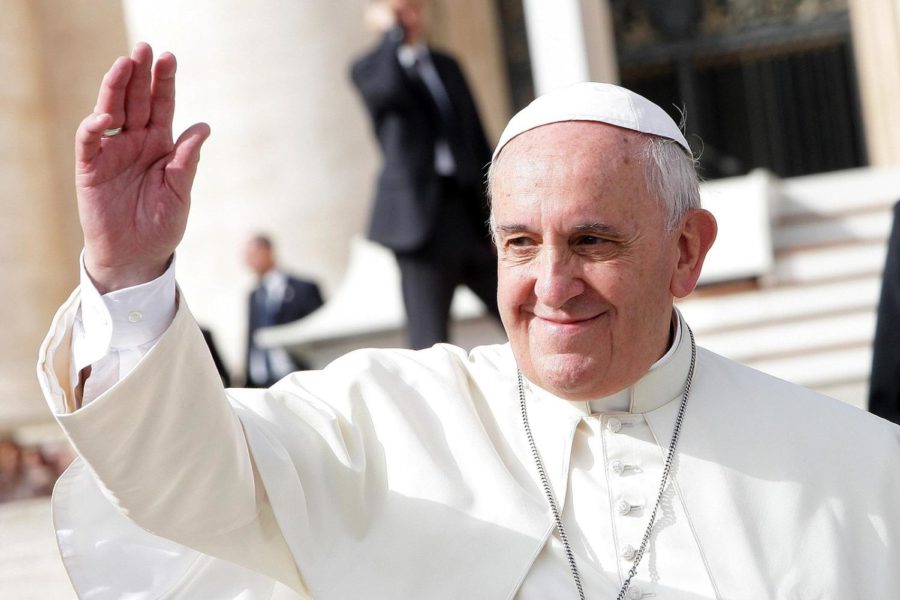Pope Francis extends voting rights to women at meeting of bishops
Long Thiên vía Flickr (Wikimedia Commons)
Pope Francis agreed to allow women and lay members the right to vote at an upcoming meeting of bishops.
May 25, 2023
On Apr. 26 Pope Francis has allowed women and lay members the right to vote at an upcoming meeting of bishops, one that he says is a central deliberative body that can shape the future of the church.
Following years of requests from women to have the right to vote, he has approved the changes governing the Synod of Bishops, which allows women more decision making capabilities within the Catholic Church, something that has long been exclusive to clerics, bishops, and cardinals, all of whom are male.
Under this new change, five religious sisters will join five priests as representatives for various religious orders. Pope Francis has also decided to appoint 70 non-bishop members of the synod and has requested half of them be women.
Although it’s a significant step for women rights in the Church, women will still only comprise 10 percent of all voters in the upcoming October meeting.
Catholic women’s groups, who for years have criticized the Vatican for its lack of representation of women in the higher ranks, immediately praised the decision.
“This is a significant crack in the stained glass ceiling, and the result of sustained advocacy, activism and…witness,” said Kate McElwee from the Women’s Ordination Conference, referring to a campaign of Catholic women’s groups demanding the right to vote.
Talisha Flores ’24, a student in Joe Frias’ class who goes to St. Charles Borromeo Parish, is supportive of the decision.
“I believe it’s a step in the right direction as the world takes notice of the capabilities of women, even taking place in the religious faith,” she said. “Hopefully we see more advancements towards women’s involvement in the faith.”
However, cardinals were quick to assuage worries that it would upset the traditional hierarchy of the Church.
Cardinal Mario Grech reassured that for the synod itself, there would still be a majority of bishops (men) calling the shots.
“It’s an important change,” Cardinal Jean-Claude Hollerich, a top organizer of the meeting of bishops, emphasized. “It’s not a revolution.”
Joshua Keeney, a religion teacher at Riordan, echoed that sentiment.
Furthermore, while some see the move as a sign that the Pope may be open to female priests in the future, the Pope has not indicated this is a possiblity.
“Some may believe that Pope Francis has opened the door or has begun to pave the way for women priests; this, however, is not so,” Keeney said. “Pope Francis always keeps in mind the history and context of the Church and the teaching and precedence set down by previous popes, namely Pope St. John Paul II.”
Keeney cited the apostolic letter Ordinatio Sacerdotalis, which states, “The Church has no authority whatsoever to confer priestly ordination on women and that this judgment is to be definitively held by all the Church’s faithful.”

